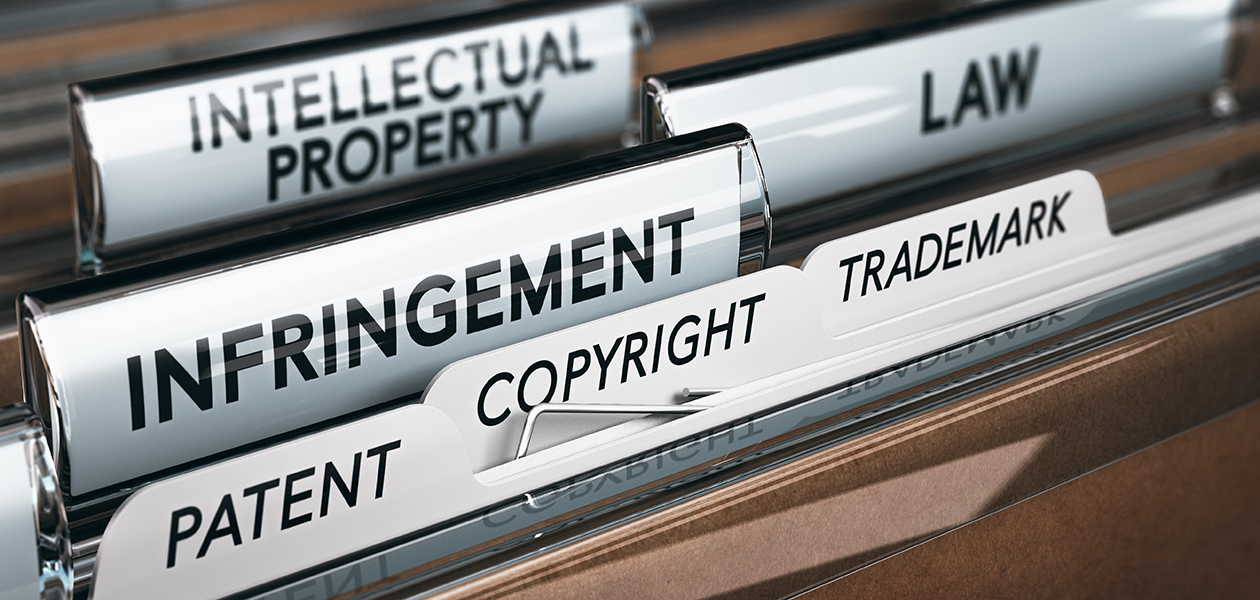Know which IP strategy works for you
Ideas and inventions can have immense commercial value, but not all intellectual property (IP) are alike. Find out which type of IP is most suitable for you.
When someone trespasses on private property, the owner of the property calls the police, and the trespasser is fined or sent to jail for the crime. Most people are familiar with the concept of protecting real estate and physical objects in their possession against theft. On the other hand, the notion of securing intangible things, such as music and symbols, is more foreign.
Acknowledging that the abstract creations of the human mind have value—and recognising the need to prevent those creations from simply being used without crediting their original sources—intellectual property (IP) laws have been enacted in countries all over the world. By owning IP, individuals and organisations earn the right to legal recourse should infringement occur. At the same time, IP can be out-licensed for a fee, thereby becoming a key source of revenue.
Depending on which industry you are operating in and the type of product or service you are offering, the IP rights you file for will differ. Hence, it pays to know which IP is relevant to your business. Here’s a quick primer on the four major classes of IP.
1. Copyright
If you’ve ever read a book or listened to a piece of music, you’ve probably have come across the term copyright. Originally conceived in the early 17th Century, copyrights originally granted only authors of books the rights to reproduce, distribute and modify their literary works. Copyrights were later expanded to include other creative assets, including artistic and musical pieces, as well as digital creations like software.
To qualify for copyright laws, the work must be embedded in a physical medium of expression, for example, paper (for text and art pieces). It is this expressed form of an idea that receives copyright protection, not the idea itself. The duration of a copyright varies depending on the type of work, ranging from 25 to 70 years. When you own a copyright, you control how it is used and the commercial value that can be derived from it.
2. Trademark
Condensing everything that a brand stands for into a distinctive image or icon can be a very powerful strategy, helping customers recognise at a glance the value that a company provides. The golden arches of the McDonald’s logo, or even the colourful letters spelling out the word ‘Google’, are some of the most valuable trademarks in history.
The trademark symbol (™) indicates that an image or icon is an unregistered trademark representing a product, but it may not be registered or protected under trademark laws. The ® symbol is used if the icons or images have been successfully registered with an issuing authority.
For a trademark to be approved, it should be clearly distinguished from previously registered marks. A trademark should not be purely descriptive of the product or service being offered, nor should it contain offensive content. Trademarks registered in Singapore have a lifespan of ten years and can be renewed upon expiry.
3. Patent
A technological solution to a specific problem can have immense commercial value if properly protected—this is the reason for patenting an invention. To qualify for a patent, three key criteria must be met.
Firstly, the product or a process must be novel, which means that it should not have been revealed publicly in any way prior to the patent application. The second requirement is that the product or process must involve an inventive step that makes it superior to existing alternatives. The improvement should also be non-obvious to other individuals with technical experience in the field of the invention. Finally, the invention should have practical utility in industry.
Other considerations when filing for a patent include cost and eventual disclosure. Patents have a relatively short economic lifespan of 20 years, after which the specifications of the invention must be made publicly accessible.
4. Trade secret
Should an inventor decide to avoid ever disclosing the specifications of a product or process, he or she can choose to keep it a trade secret instead. The most well-known example of a trade secret is the formula for Coca-Cola, which is sealed away in a vault in the World of Coca-Cola museum in Atlanta, US. For more than 130 years, the Coca-Cola Company has fiercely guarded the secret recipe of the popular beverage.
Maintaining a trade secret requires diligent attention to administration and enforcement of confidentiality agreements. In the case of the Coca-Cola Company, only two employees are privy to the secret recipe at any point in time, and a successor is only appointed when one of the two recipe-holders passes away. The identities of the two employees are also hidden. However, a trade secret does not prevent others from reverse-engineering the product or process, which raises the possibility of a company losing its competitive advantage.

